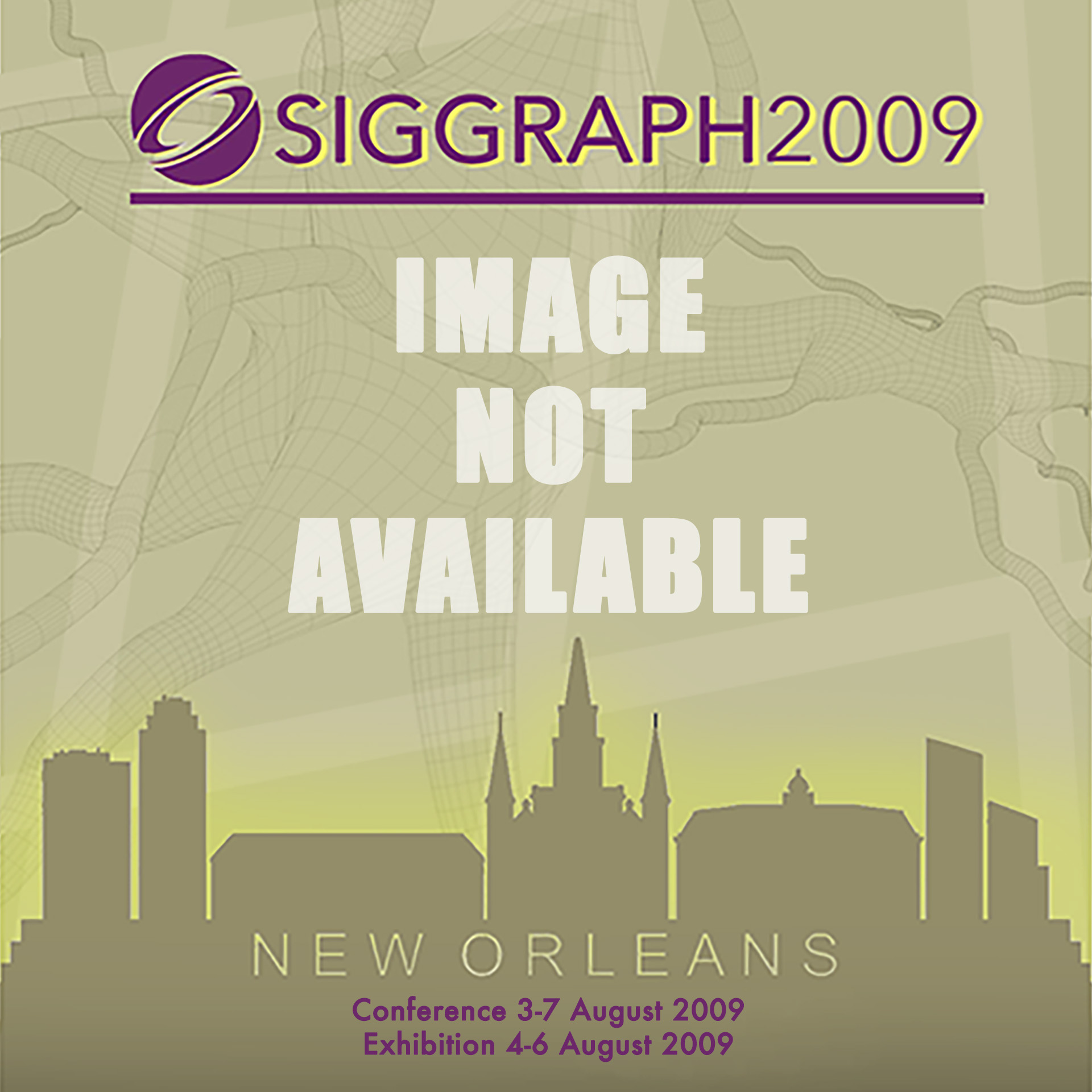“Factors formatting perceptional impression in 3-D cyber spaces: a cross-cultural study of Korean and American users”
Conference:
Type(s):
Title:
- Factors formatting perceptional impression in 3-D cyber spaces: a cross-cultural study of Korean and American users
Abstract:
Online spaces are being transformed into new social spaces with a variety of interpersonal relationships and social activities. Especially, cyber spaces based on three dimensions show various cross-cultural social relationships and activities compared with cyber spaces based on two dimensions. These phenomena have different characteristics, depending on users’ cultural backgrounds. Relating to social issues in online spaces, many preliminary studies have been conducted. Especially, impressions have been considered important subjects related with social networks. In spite of that, sufficient cross-cultural research related with impressions in online spaces has not been conducted, especially based on 3-D cyber spaces. Therefore, the main goals of this study were to extract 3-D cyber factors formatting perceptional impressions and compare those factors based on cultural differences. In the preliminary research, we identified six impressions dimensions in 3-D cyber space: F1.Cheerful, F2.Logical, F3.Violent, F4.Selfish, F5.Warm, and F6.Seclusive (Lee, Kim & Park, 2009). In order to achieve our goal, first, we selected two countries considering Hofstede’s culture dimensions (e.g. Power Distance, Individualism versus Collectivism, Masculinity versus Femininity, Uncertainty Avoidance) (Hofstede, 2005). Korea and America have very different cultural characteristics in terms of Hofstede’s culture dimensions (Hofstede & Bond, 1984). Secondly, we conducted in-depth individual interviews. For these interviews, we recruited interviewees as actual users of 3-D cyber spaces (Second Life); depending on the frequency uses and interpersonal relations contained therein, we selected eight Korean participants and eight American participants. Before conducting interviews, we recorded normal lives of participants within a three-day span, for two hours of each day. Then, we conducted the survey to each participant seeing the video clips of others’ virtual lives for the purpose of analyzing others’ preserved impressions. In-depth interviews were conducted in 3-D cyber space using actual voices. The interview consisted of two parts of questions: 1) What are the factors relating with your perceived impressions?; and 2) If you help an avatar on the video clip before you saw to make clear his/her impression, how will you help? All interviews were recorded as video and audio clips. After collecting data, we analyzed data based on Grounded theory (Strauss, 1990) recognized qualitative research methods. First of all, we accurately transcribed all voice data to text data, and then separated data to minimal units of meaning considering interviewees’ intentions. Finally, we extracted properties and grouped properties during axial coding. As a result, Factors formatting perceptional impression in 3-D cyber space was derived with distinction by Korean and American users. These derived factors were linguistic, visual, behavioral, relational, inner-environmental, and outer-environment. Of these, linguistic factors (106, 43%) and behavioral factors (57, 23%) were the most derived. Further, looking at the visual factors, the number of derived factors was similar among Korean and American users. Alternatively, we looked at the detailed factors derived with distinction by Korean and American users. The factors derived by Korean users included exposure degree of clothes, thickness of clothes, while the factors derived by American users included color of clothes and types of avatar. In conclusion, this study has theoretical and empirical significance. The theoretical significance, through the cultural differences research, is to understand how each intercultural impression provided role elements in Korea cultures and American cultures and to understand how the impression provided difference elements. Therefore, more extensive future research on the dimensions of the intercultural impression formation mechanism was proposed, based on this study. The empirical significance was to offer impression dimensions-related elements in 3D gaming to developers and designers in the development of related systems; furthermore, as the results provide data of how elements affect impression in intercultural perception and how in each dimension, the system will be able to provide a basis about impression formation elements in intercultural context.
References:
1. Hofstede, G., 2005, Cultures and Organizations: Software of the Mind, OH, US: McGraw-Hill.
2. Hofstede, G., Bond, M. H., 1984, Hofstede’s Culture Dimensions. Journal of Cross-Cultural Psychology, 15(4), 417–433.
3. Lee, S., Kim, H., Park, S., 2009, Empirical study of Impression Dimensions in 3D cyber space: Comparison research between 2D cyber space and 3D cyber space. in: Proceeding of Korea Human Computer Interaction (Seoul, February, 2009), 24–31.
4. Strauss, A., 1990, Basics of qualitative research: Grounded theory procedures and techniques. Thousand Oaks, CA, US: Sage Publications, Inc.





